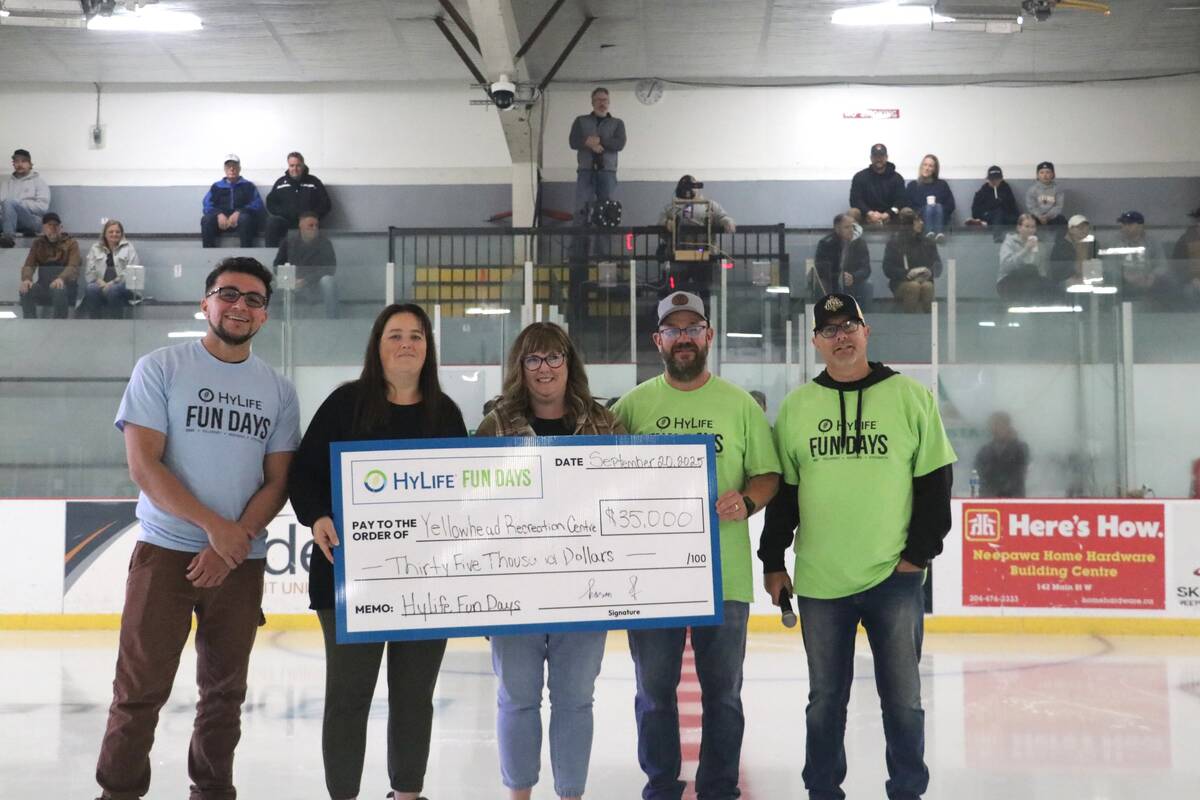Collecting samples Lisa Tymensen says wildlife plays a surprising role when water is contaminated with the bacteria
MILK RIVER, Alta. — You are what you eat, as the saying goes. But you are also what you excrete, as researcher Lisa Tymensen knows.
The researcher with Alberta Agriculture’s irrigation and farm water division is collecting fecal samples from livestock and wildlife to compile a microbial database of E. coli.
These fecal indicator bacteria will help her and other researchers determine the source of water contamination when it occurs.
She has 1,000 samples of E. coli bacteria derived from fecal samples. Most of them are from animals in the Milk River watershed, and she used them to investigate reports of water contamination in Writing On Stone Provincial Park two years ago.
Read Also

Manitoba community projects get support from HyLife
HyLife Fun Days 2025 donated $35,000 each to recreation and housing projects in Killarney, Steinach and Neepawa earlier this fall.
Now she is collecting samples from other regions.
“You do have to make it regionally specific. We’ve done work on the Milk River and we’ve got a little bit of work done on the Oldman River and we’re going to … work our way up north,” said Tymensen.
“We’re going to target watersheds that tend to have more problems with agricultural intensity.”
Reports of water contamination often lead to finger pointing at the livestock industry, said John Ross, chair of the Milk River Watershed Council, where Tymensen’s project began. A microbial database can eliminate the guesswork so that the actual problem can be addressed.
“It’s bringing science instead of finger pointing.”
Tymensen said her research indicates that wildlife is a larger factor in E. coli water contamination than expected.
“I didn’t necessarily expect to see such a large influence, but it makes sense, now that we’ve been working in the watershed and we actually get to see exactly how much wildlife there really is,” she said.
She has fecal samples from antelope, deer, elk, geese, ducks, cliff swallows, piping plovers, avocets, sheep, pigs, chickens dogs, horses, fish, range cattle, feedlot cattle and humans.
She isn’t soliciting samples of wildlife feces collected by the public because the collection method is important.















